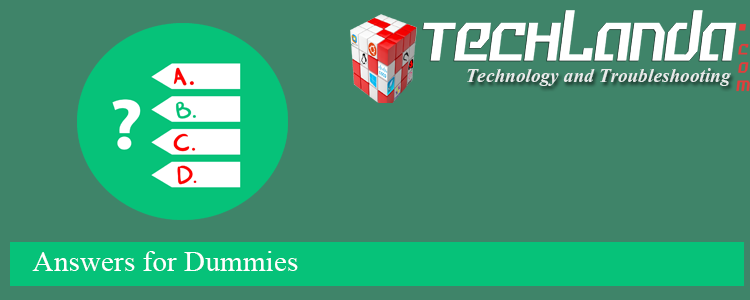What does IT stand for in IT Administrator ?
- Information Technology
- Integrated Timeline
- Income Tax
- Industrial Trainee
EXPLANATION
Income tax
An
income tax is a tax imposed on individuals or entities that varies with
respective income or profits. Income tax generally is computed as the
product of a tax rate times taxable income. Taxation rates may vary by
type or characteristics of the taxpayer.
Information technology
Information
technology is the use of computers to store, retrieve, transmit, and
manipulate data, or information, often in the context of a business or
other enterprise. IT is considered to be a subset of information and
communications technology.

